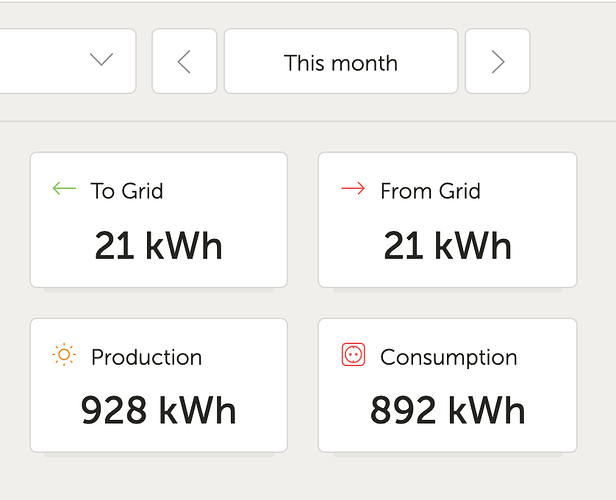Well, it cannot really… but also it can… it is complicated.
As an analogy, if you put ice in a glass, and half the ice melts… what is the temperature of the water around the ice? The answer, of course, is 0°C (or 32°F if you are some kind of heathen  ). The temperature cannot rise until the remaining ice has absorbed enough energy to melt.
). The temperature cannot rise until the remaining ice has absorbed enough energy to melt.
But if you go in on a microscopic scale, you may well find that the water at the edge of the container is a tiny tiny bit warmer than the water right next to the ice. And of course the way we know that, is that in very large containers (like the ocean), some parts can be quite warm, even though we have (not yet) melted all the ice in that container.
Similarly, the MPPT cannot really raise the voltage any more than the (flat) battery will allow it. But since there is a little resistance in the cable, and the energy flow is from the MPPT towards the battery, you will see a slightly elevated voltage at the source, and this will be more pronounced the larger that distance (cable length, size) becomes. There is nothing really weird being done here, that’s just how the laws of nature is playing out 
You are mostly correct about the oversizing. You can oversize on the input. It will run at no more than 45A (using your example MPPT) on the output though, unless it gets very hot… then it may derate slightly.
The caveats is 1) never exceed the input current limit, there is one on the specification sheet, and 2) never exceed maximum open circuit voltage, also on the spec sheet.
The input current, is simply your Imax (maximum current) or Imp (current at max power, usually a smidgen less than Imax) on the back of the panel, multiplied by the number of parallel strings. If you oersize such that either the input voltage or the maximum input current exceeds these limits… well then you’re going to blow up the hardware of course.
 Fun it will be as I know zip about installing aircons.
Fun it will be as I know zip about installing aircons.



 provided, otherwise its assume and we all know what that means. My statements was not meant as absolutes, this I will have to measure so will throw a Shelly 3EM on them and chart the actual consumption and performance and report that over time.
provided, otherwise its assume and we all know what that means. My statements was not meant as absolutes, this I will have to measure so will throw a Shelly 3EM on them and chart the actual consumption and performance and report that over time.